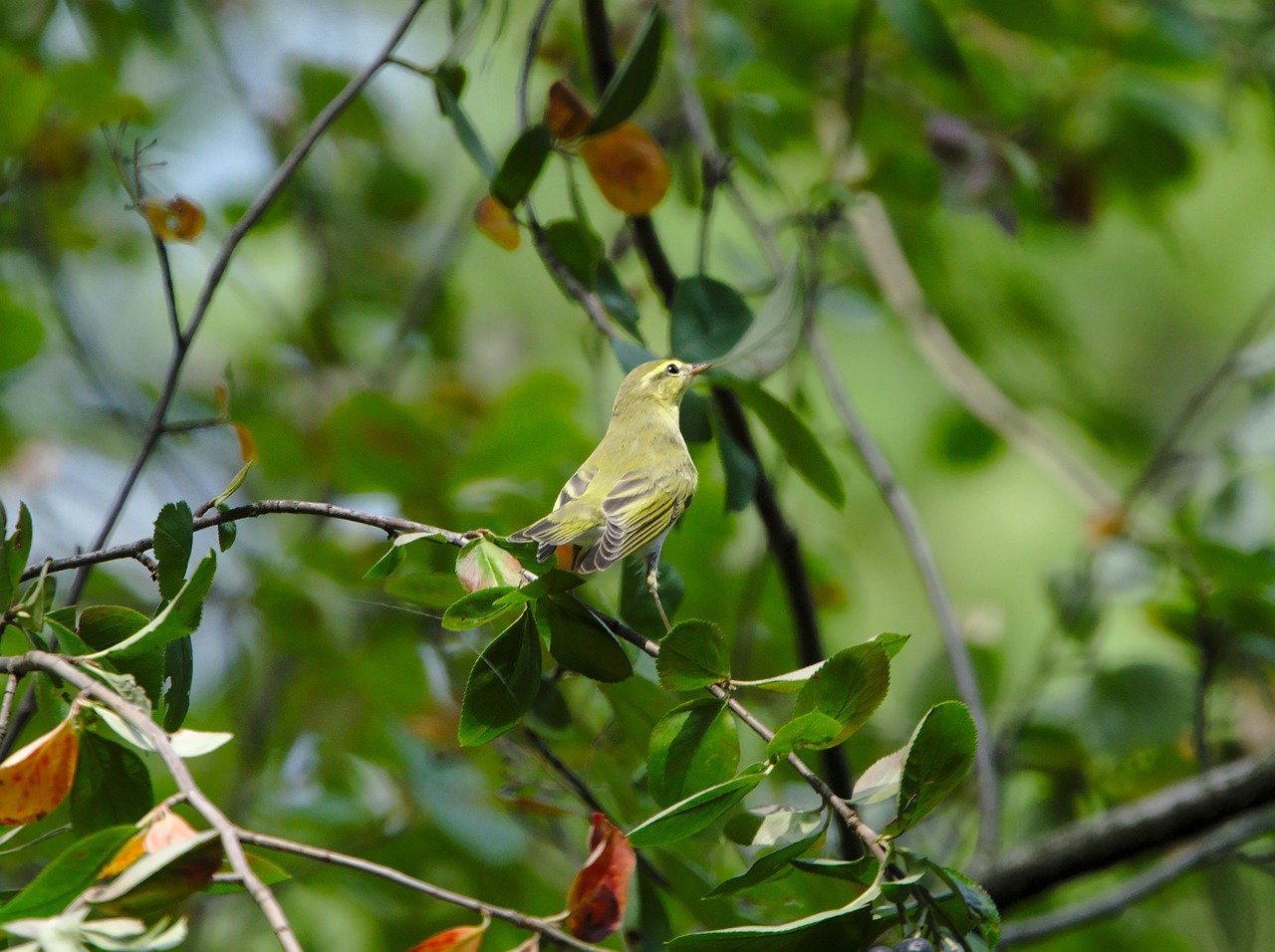Stopover behaviour of spring migrating Wood Warblers Phylloscopus sibilatrix on the Island of Capri, Italy
DOI:
https://doi.org/10.34080/os.v16.22721Keywords:
sexual dimorphism, staging sites, stopover sites, behaviour, migration timing, phenologyAbstract
Migratory birds are assumed to be under strong selection pressure during migration. It is generally assumed that many species are maximizing speed of migration because of the benefits from arriving early at the breeding grounds. Males’ incentives are to occupy the best territories before they are occupied by competitors. Females breeding early usually have a greater reproductive success. In this study, the stopover behaviour of the Wood Warbler is studied on Capri, a Mediterranean island in southwest Italy. Movements of birds on the island are from higher elevations with sparse vegetation, where they presumably arrive, to low elevations with more dense vegetation. Males were found to migrate earlier than females, but were also staying much shorter time than females on the island. Males were estimated to stay on average slightly more than one hour whereas females stayed on average thirteen hours. The results suggest that Capri is not an important refueling site for the Wood Warbler and that males are more inclined to quickly leave this poor stopover site than females.
Downloads

Downloads
Published
How to Cite
Issue
Section
License
The copyright of each contribution belongs to the author(s), but all contributions are published under a Creative Commons license, so that anyone is free to share and reuse the contribution as long as the copyright holder is attributed.







